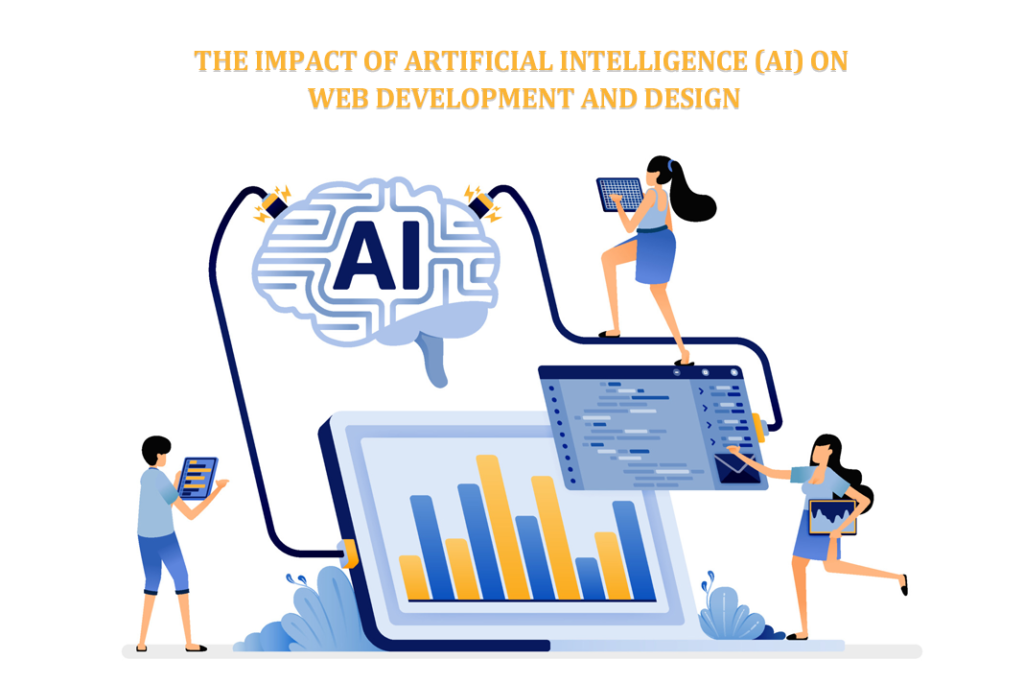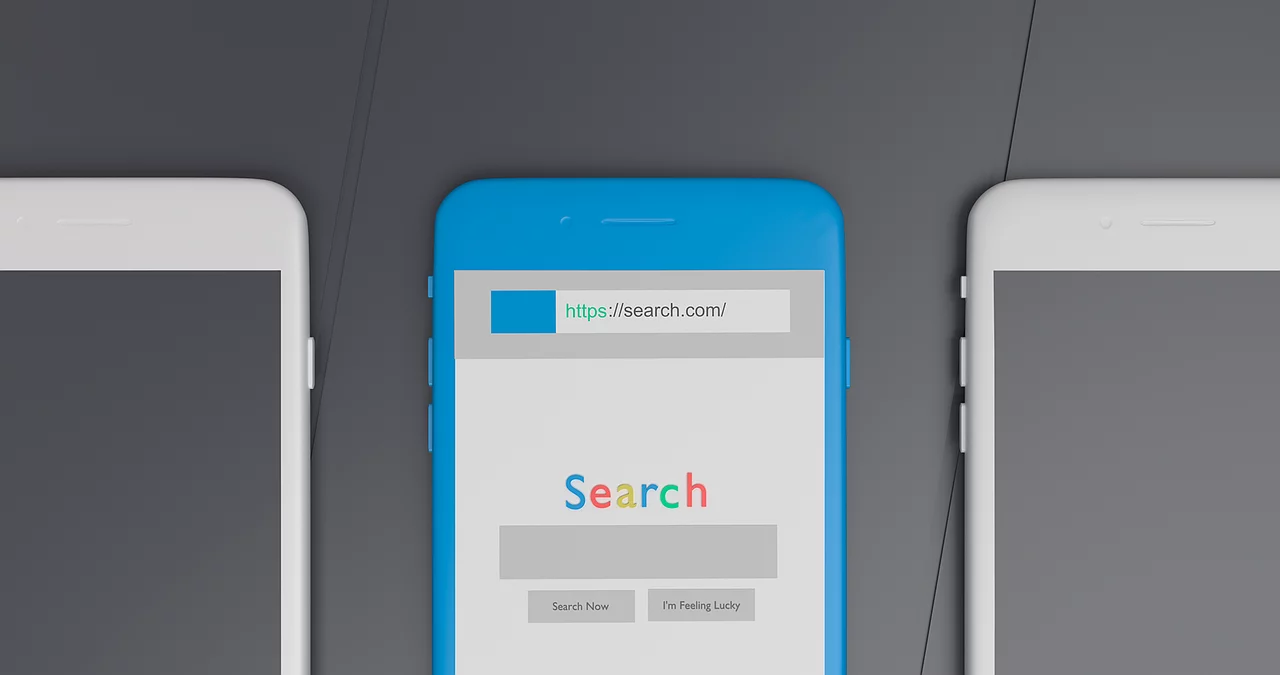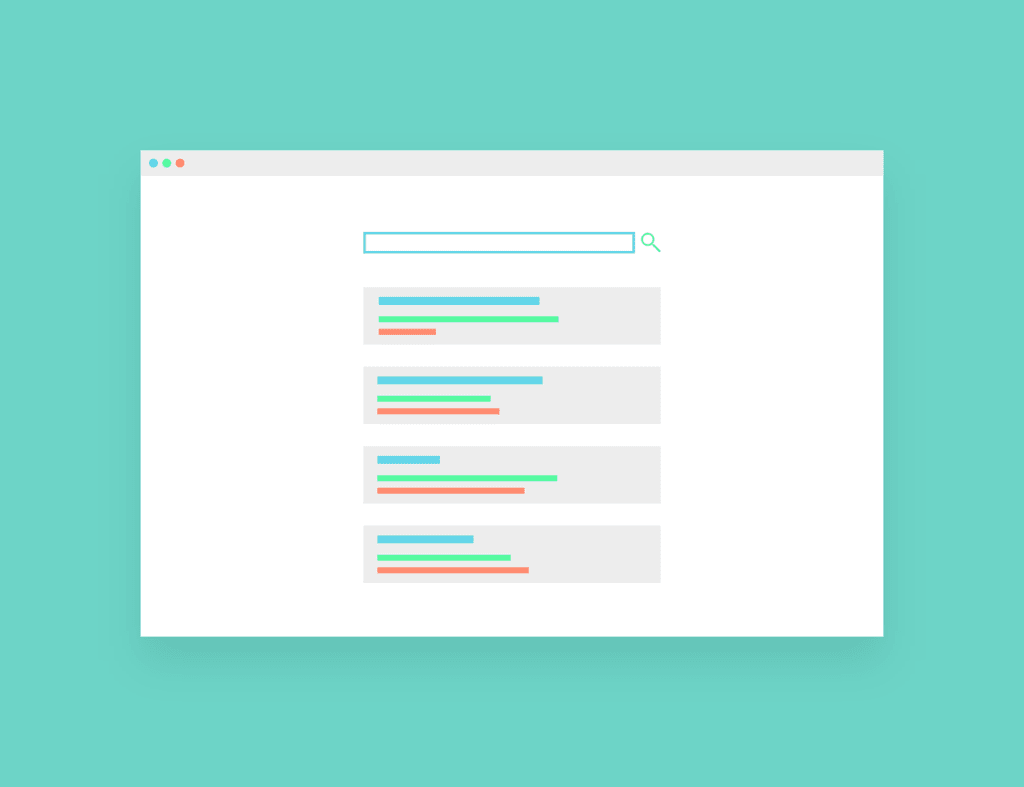Introduction
Artificial Intelligence (AI) has become an increasingly popular topic in recent years, and its impact on web development and design cannot be overstated.
AI has the potential to revolutionize how websites are designed, developed, and maintained, and it has already started to shape the industry’s future.
AI-powered tools can automate many time-consuming and repetitive tasks that web developers and designers face, like WooCommerce upload files, allowing them to focus on more creative and strategic aspects of their work.
AI can be used for website optimization, content creation, chatbot development, and user experience design.
However, as with any emerging technology, AI has challenges and potential drawbacks in web development and design. For example, some critics argue that AI could lead to job loss and a lack of human creativity in the industry.
In this context, it is essential to explore the impact of Artificial Intelligence on web development and design and consider both the potential benefits and challenges.
This topic is of great interest to professionals in the industry, as well as students and researchers who want to understand the latest trends and developments in the field.
1. Chatbots and virtual assistants
Chatbots and virtual assistants are AI-powered tools that use natural language processing (NLP) and machine learning algorithms to interact with users and provide information or assistance.
These chatbots are computer programs designed to simulate conversation with human users, usually through text or voice interactions.
They can be integrated into websites like WooCommerce FAQ plugin, messaging apps, and social media platforms to provide automated customer support, answer frequently asked questions, or guide users through a process.
Virtual assistants, on the other hand, are more advanced chatbots that can perform tasks beyond just answering questions. They are designed to assist users with scheduling appointments, making reservations, setting reminders, and even ordering products or services.
Both chatbots and virtual assistants use NLP to understand user inputs and respond with appropriate actions or information. Machine learning algorithms enable them to learn from previous interactions and improve their responses.
Chatbots & virtual assistants have become popular tools for businesses to improve customer service, increase efficiency, and reduce costs.
They can handle routine inquiries and tasks, freeing human staff to focus on more complex or specialized issues.
2. UX and UI Design
User Experience (UX) design and User Interface (UI) design are two related but distinct disciplines in web development and design.
UX design focuses on a user’s overall experience when interacting with a website or application. It involves understanding user needs, behaviors, and preferences and creating a design that satisfies them.
The goal of UX design is to create a positive and memorable experience for the user, encouraging them to return to the website or application and recommend it to others.
UI design, on the other hand, focuses on the visual and interactive elements of the website or application.
It involves designing the layout, typography, color schemes, and other visual elements to create an aesthetically pleasing and easy-to-use interface. UI design aims to create an intuitive, efficient, and visually appealing user interface.
A well-designed UX and UI can improve user engagement, satisfaction, and conversion rates. In contrast, a well-designed UX and UI can lead to frustration, confusion, and a high bounce rate.
3. Content creation
Content creation is developing and producing digital content, such as articles, videos, images, infographics, and social media posts.
It aims to engage and inform the audience, build brand awareness, and promote products or services.
It can involve various stages, including creativity, research, writing, editing, and distribution. The content creator must clearly understand the target audience, interests, and preferences.
They must also deeply understand the brand voice and tone and create content aligning with its messaging.
With the advent of AI-powered tools, content creation has become more efficient and effective. For example, GPT-3 is an AI-powered tool that can generate human-like text based on the provided prompts.
This tool can generate content for blogs, social media, and other digital platforms.
4. Website optimization
The goal of website optimization is to make the website faster, more engaging, and easier to navigate, which can lead to increased traffic, engagement, and conversions.
It involves various techniques and strategies to make a website more efficient, faster, and more user-friendly.
Website optimization is an ongoing process that requires constant monitoring and adjustment to ensure the website performs at its best.
It requires combining technical and creative skills, data analysis, and testing to determine the most effective optimization techniques.
Optimization can improve the website’s performance, user experience, and business results.
5. Accessibility
Accessibility refers to the design and development of digital products, such as websites, applications, and software, that are usable by people with disabilities.
The goal of accessibility is to ensure that everyone, regardless of their physical, cognitive, or sensory abilities, can access and use digital products effectively and independently.
Some common disabilities that can affect digital accessibility include:
- Visual impairments, i.e., blindness, low vision, and color blindness.
- Hearing impairments, i.e., hearing loss and deafness.
- Motor impairments, i.e., paralysis and tremors.
- Cognitive impairments, i.e., dyslexia, ADHD, and autism.
To ensure digital accessibility, designers, and developers must follow specific standards and guidelines.
By making digital products more accessible, designers and developers can ensure that everyone, regardless of their abilities, can access and use digital products effectively and independently. This not only benefits people with disabilities but also improves the overall usability and user experience for all users.
Conclusion
Artificial Intelligence (AI) has the potential to impact web development and design significantly. AI-powered tools can automate repetitive tasks and allow developers and designers to focus on more creative and strategic work.
AI can be used for website optimization, content creation, chatbot development, user experience design, and more. However, the industry has potential challenges and drawbacks, such as job loss and a need for more human creativity.
As AI continues to evolve, web development and design professionals must stay informed about the latest trends and developments to maximize the benefits of this emerging technology while minimizing potential challenges.
Inam Ullah Dar is a content writer by passion and profession. He started his journey with Motif Creatives. He primarily writes for guest post articles falling under various niches. The main area of his interest and expertise is Web design & Digital marketing. He enjoys reading and writing about healthcare, mindfulness, and well-being to educate people about being happier and more lively. His work has been published on many high-authority websites. He believes that writing is an effective way to communicate at better levels.




